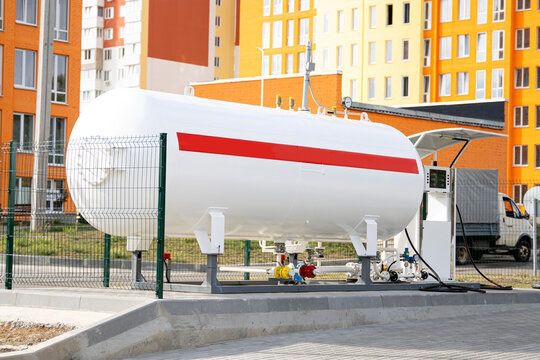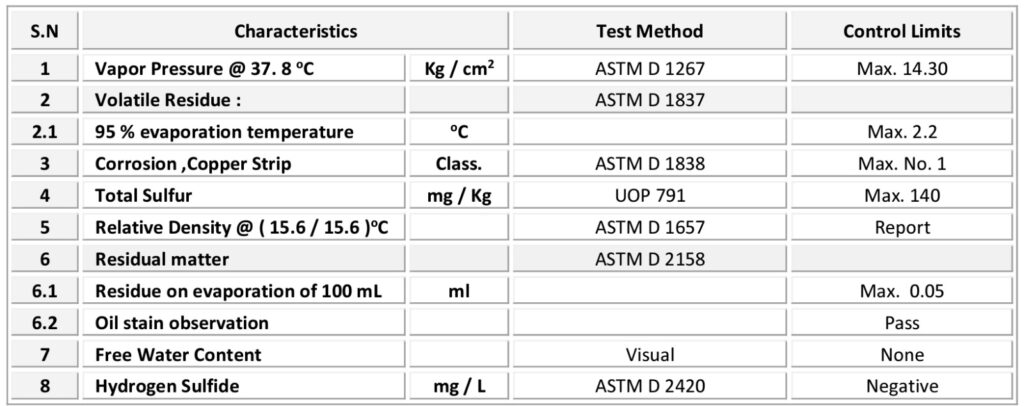
The term “LPG” refers to liquefied petroleum gas, a collection of gases that remain in liquid form at room temperature when subjected to relatively low pressure conditions. This classification encompasses gases like propane, butane, and their various combinations, commonly encountered in everyday language.
LPG finds its roots in the extraction of natural gas and crude oil production. During the drilling process, LPG presents itself as “wet natural gas,” which is typically ignited on-site due to the uneconomical nature of processing this raw material directly from its sources. This occurrence of LPG isn’t confined to exploration alone; it also emerges as a byproduct of oil refining processes.
Functioning as a fossil fuel, LPG holds versatile applications, primarily for heating and cooking purposes. Its adaptability extends to being employed as a fuel source for vehicles equipped with gasoline engines that incorporate an LPG system. This multi-faceted utility underscores the significance of LPG within the energy landscape and its role in meeting various energy needs across different sectors.
Product Specifications


